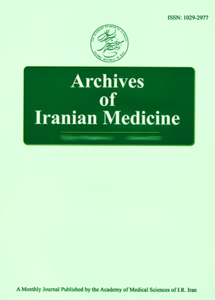Incidence of cardiovascular diseases in Iran: The Isfahan cohort study
Authors
Affiliations
Abstract
Introduction: Accurate estimates of the incidence of cardiovascular diseases (CVD) comprising of acute myocardial infarction (AMI), unstable angina pectoris (UAP), sudden cardiac death (SCD), and stroke are very important for public health. However, such information is scarce, especially for middle- and low-income countries.
Methods: The Isfahan Cohort Study (ICS) prospectively followed up 6504 individuals, 51.8% women, aged 35 years and over, 6323 initially free of CVD, from urban and rural areas in three districts in central Iran including Isfahan, Najafabad, and Arak. A panel of specialists in cardiology and neurology decided on the diagnosis of the occurred events based on patients’ hospital records, verbal autopsy, and death certificates.
Results: After 32893 person-years of follow-up, 427 new cases of CVD events (229 in men) were registered. Confirmed cases of AMI, stroke, UAP, and SCD were 57, 43, 93, and 36 in men and 32, 48, 100, and 18 in women, respectively. The corresponding crude incidence rates were 352, 265, 352, and 220 per 100000 person-years in men and 186, 279, 584, and 104 in women, respectively. No significant differences were found in age at the time of events occurrence between men and women and between different event types except for SCD and stroke in women that in average the former occurred nine years later. CVD mortality rate was 331 per 100000 person-years in men and 203 in women.
Conclusion: We found substantially high incidence rates for almost all CVDs and mortality. These findings need urgent consideration by health policy makers specifically for women

